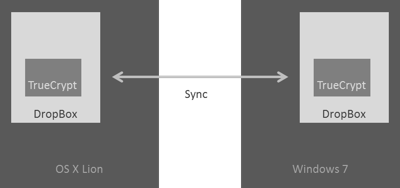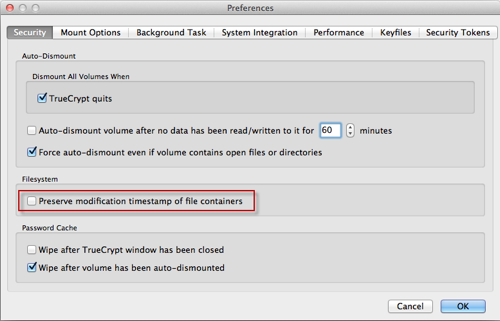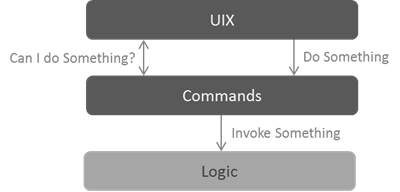The Cleaner Coder
 I recently finished the latest book from Robert C. Martin aka Uncle Bob, called The Clean Coder.
I recently finished the latest book from Robert C. Martin aka Uncle Bob, called The Clean Coder.
Once finished there are many pro and cons about this book. At the beginning I was quite skeptic about the book but at the end I am glad I’ve read it to the very end.
The books is neither a set of rules that make you a better software developer nor is it really provide a code of conduct to follow in your professional life. However, if you spend some time in this industry, you will have many déjà vu moments while reading this book.
Very positive (if you a frequent reader and being interested in the people behind the books) is the fact that you will learn a lot about Martin as a person. Each chapter is more or less a short essay about a past project or part of his former work, some experiences he made and the (not so surprisingly) conclusions he made. There are quite a few sentences that are worth to remember, sometimes things you thought of many times but have not found the right words to write it down. Also you might find some interesting anecdotes you might learn something from (or did you know where carriage return and new line come ‘/r/n’ from and why they vary on different operating systems?).
One very positive aspect is that he points out what a professional (software developer) is, how he should behave and what could do to be recognized as such. In our industry you are still recognized as some kind of nerd, a geek who codes 24h hours a day, does not sleep, consumes a lot of caffeine and plays video games which a lack of social skills. While some of these things might be true, one expects often that you work more than the regular time, you solve each and every problem without any failure and that you come up with miracles, wonders performing magic, voodoo and code kung-fu each and every day (often for a very conservative salary). Nothing you would expect from other professionals (lawyers, doctors etc.).
Eventually, he writes about many things I, and probably you too, experience each and every day in our day work. At the end it is a nice reading book you might read during some evenings. Just the very final chapter about the tools he uses in his work (vi, Emacs, Eclipse etc.) and the frequent mentioning of FitNesse (which is Martins’ project) are quite unnecessary.
I am not fully convinced that the book is a must have reading, however, I work in this industry for nearly 13 years in various projects, research and product development, large and small companies, consulting and academia with different teams in different countries. At the very end it is quite calming to see once more that my problems are everywhere the same, have been the same for a long time and probably will stay the same for a long time in this industry.
 Some aspect attracting my attention since my very first Scrum training is the fact how a Team actually handles team work.
Some aspect attracting my attention since my very first Scrum training is the fact how a Team actually handles team work. During yesterdays game, we had a great hand facing a pocket pair of sevens a pocket pair of aces. By the flop and turn two more sevens came up providing me four of a kind and eventually the pot. Afterwards we had a nice chat about when and how to play a pocket pair as with three or less players on the table, one would play a pocket pair to the very end most of the times. However, with yesterdays hand in mind, I was quite interested in the statistics and the probability, my opponent might have a larger pair than 77.
During yesterdays game, we had a great hand facing a pocket pair of sevens a pocket pair of aces. By the flop and turn two more sevens came up providing me four of a kind and eventually the pot. Afterwards we had a nice chat about when and how to play a pocket pair as with three or less players on the table, one would play a pocket pair to the very end most of the times. However, with yesterdays hand in mind, I was quite interested in the statistics and the probability, my opponent might have a larger pair than 77.



